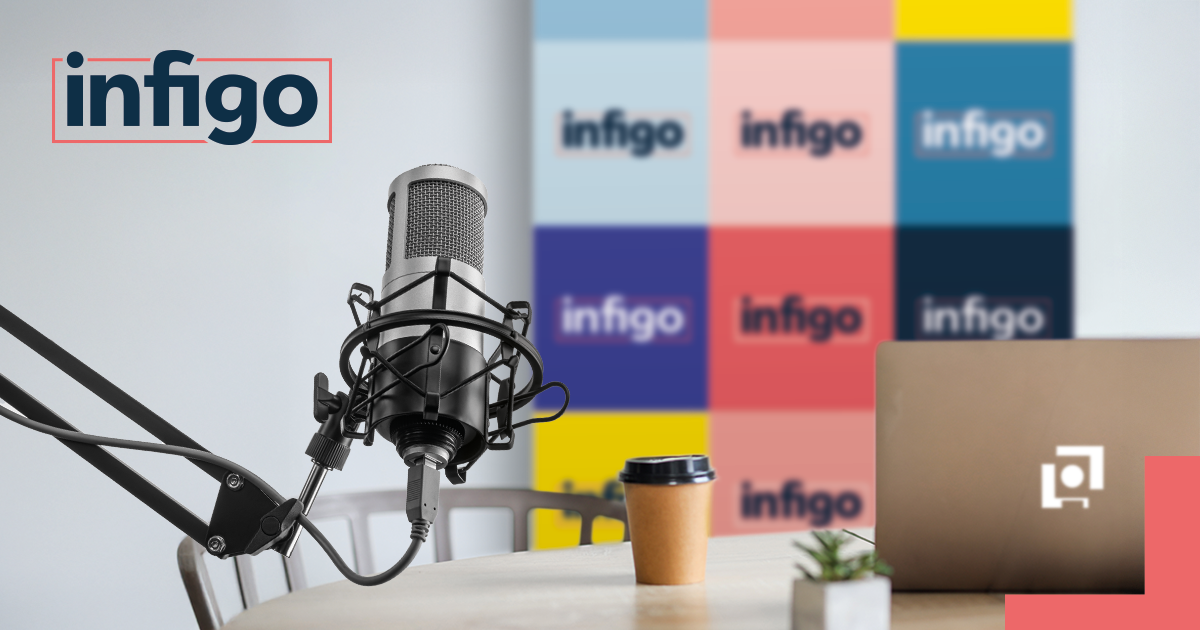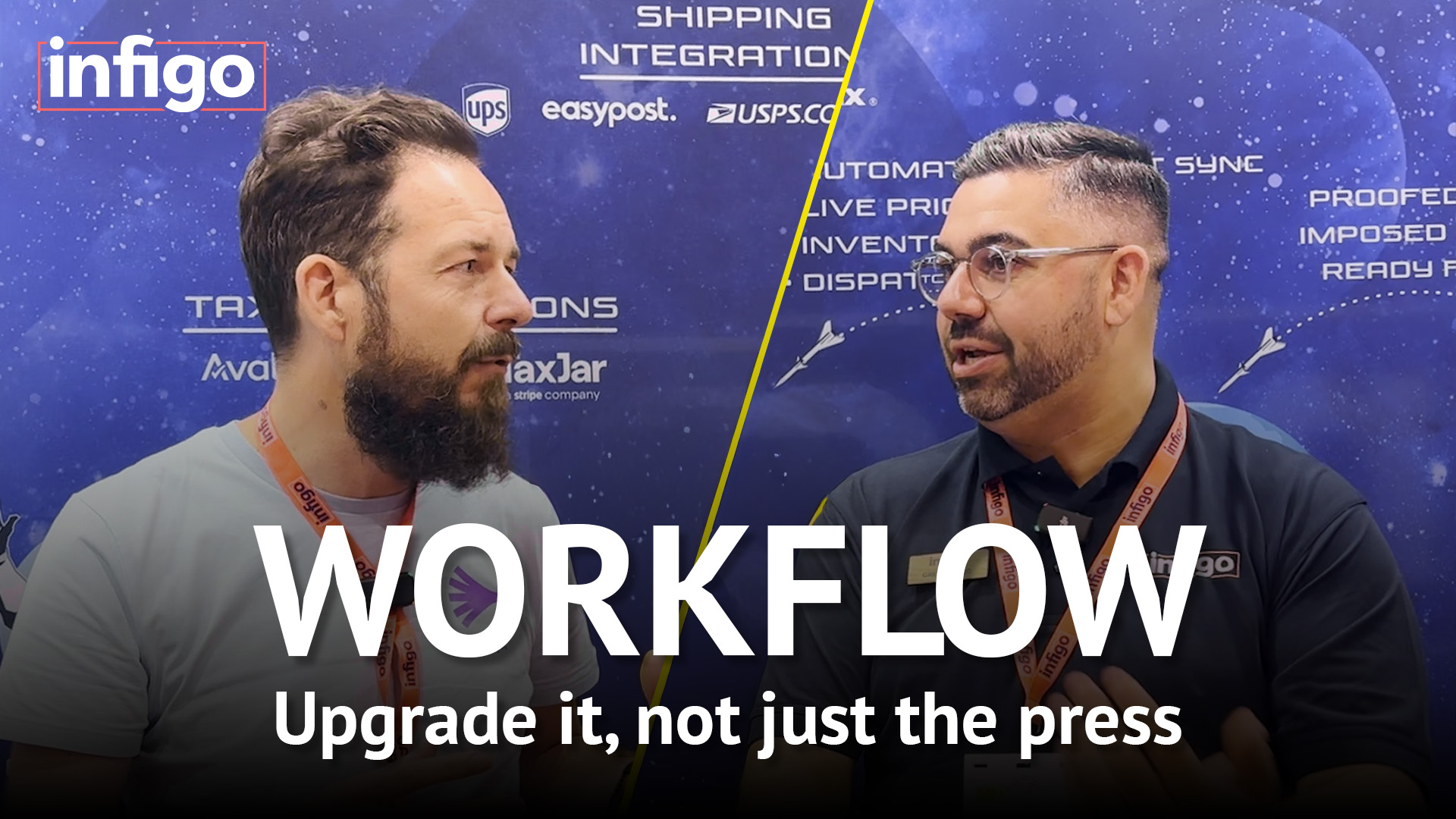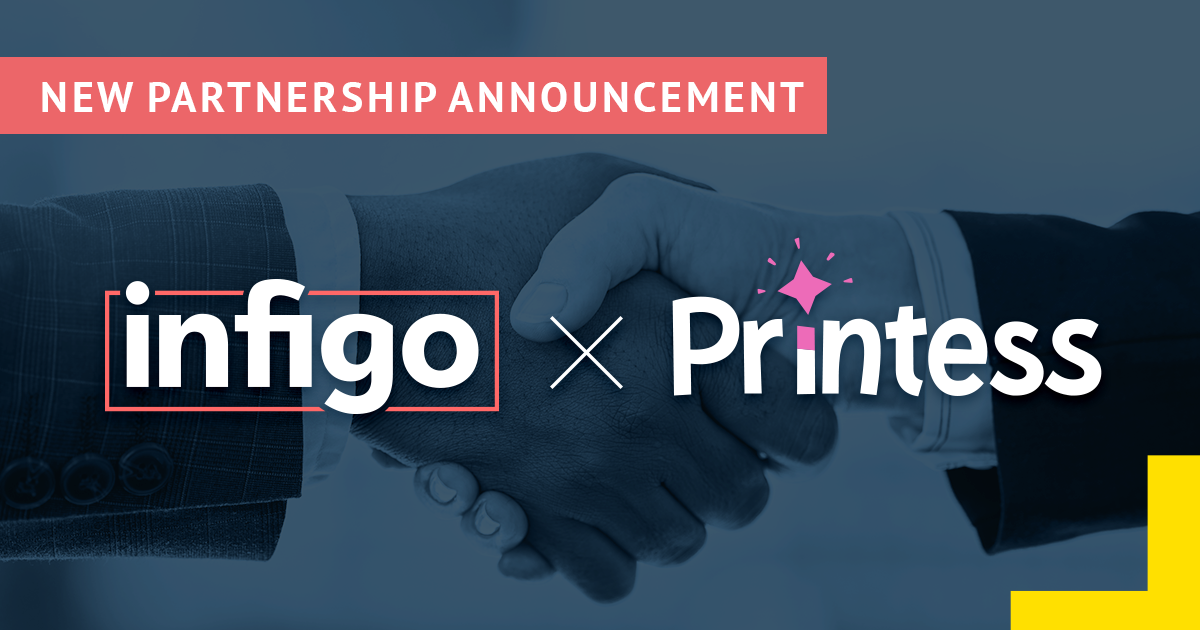Podcasting might appear as though it requires the most controversial opinions and largest of budgets to keep them running, but it surprisingly doesn’t. If you manage or work in a print shop, you already have a perspective worth sharing! Stories, lessons, and opinions that can inspire those already within the industry, or even those looking to take their first step into it.
This article breaks down some, if not all, of the mental barriers and perceived logistical challenges which prevent you getting your first episode out into the world. And with every new project or episode, your podcasting confidence will grow.
Why Podcasting Makes Sense for Print Service Providers (PSPs)
You don’t need to hire a new copywriter to start developing your first episode. As a print provider, you’re already a key source of knowledge your clients, and even peers, would love to hear about.
And potential customers are consuming more podcasts than ever before. According to industry data 70% of people in the US have listened to a podcast, at least once, up from 55% in 2020.
So, it’s no surprise that podcasts on niche topics and industries are growing in popularity. Primarily because a relatable podcast host provides an unfiltered perspective.
So, launching a podcast is a highly effective tool for increasing awareness of your business, positioning you as a thought leader and creating deeper engagement with your target audience.
(H2): What Should Your First Episode Be About?
Your first episode doesn’t need to be ground-breaking. In fact, keeping it simple will increase your chances of your podcast taking off.
Here are some easy wins:
- “A Beginner’s guide to Print Jargon” – demystify common industry terms
- “What Print Clients Often Get Wrong” – helpful, relatable, and evergreen
- “How We Stay Ahead of Print Trends” – our view on technology & sustainability
- “The Mistake That Taught Us the Most” – honest and memorable
Don’t aim for perfection—aim for connection. You’re starting a conversation, not recording a broadcast masterpiece.
The Minimal Gear You’ll Need
You don’t need a purpose built studio to start out your DIY podcast. All you need is a phone with a reliable built-in microphone. But a few considerations can greatly increase the quality of your episodes:
- Stand-Alone Microphone – It doesn’t need to be Joe Rogan standard. Just something that’s easy enough to use that easily connects to your computer or laptop. that you know if the red light is on, you are being recorded. There’s no point in starting off with equipment that requires an in-depth onboarding session – you just need to know that if the red light is on, you are being recorded.
- Editing Software – Free tools such as Audacity can help you with the editing process. However, investing in and upskilling on platforms such as Adobe Creative Cloud will help take your production values to the next level. Audition, for example, has become an industry standard for a reason, with it’s ability to turn any cheap mic into a professional radio host’s microphone.
- Podcast Hosting Site – Once you’ve developed your episode and edited out the kinks, you’ll need somewhere for your listeners to discover it on the internet. Spotify is highly recommended due to it’s popularity amongst viewers, but additionally as an RSS host. Which means that you can easily embed your podcast anywhere on the internet, including on your own website.
When you’ve made your choice on these bits of gear, you’ll be ready to hit record. And always remember that you don’t need to invest heavily early. Once you’ve nailed the basics you can focus on higher quality production down the line.
Structure and Consistency (Without the Pressure)
As we’ve mentioned, you don’t need a detailed script to get started. A few bullet points for you to share your thoughts on, or discuss with a guest or co-host, will get you going. Aiming for your episode to be between 5 and 15 minutes is ideal – new podcasts with a shorter view time will be a far less intimidating for prospective listeners to engage with.
You don’t need to set yourself a weekly recording schedule, some breathing space is more than recommended. Once a month will let you find your footing amongst the other podcasts on Spotify, YouTube, or Apple Podcasts. And keep the format simple, speaking solo is fine, adding common customer questions might work better, and even bringing in a colleague or supplier might be the trick that works for you.
How to Promote Your Podcast
With the rise of podcasts, you will have definitely noticed a similar trend with ‘short-form content’. They are straight dopamine hits with emotionally driven content condensed into bite size videos. TikTok and YouTube Shorts work great for showing your podcast and brand to a wide range of the public with next to none investment. You can even share on most other social platforms now as it’s proving to be a magnetic format to every demographic.
When putting your soundbite out there, make sure to start with a hook moment. Something to grab the viewers attention. Passionate moments from yourself or guests can really keep the viewers engaged. Maybe getting them to discuss a project they have a great memory of.
And don’t forget to consider repurposing your episodes into blogs to help viewers find the same information in an alternative format that might fit their taste better.
What We Learned from The PrintPod
At Infigo, we’ve experimented with podcasting ourselves through The PrintPod which you might have seen or heard about. It was a relaxed, informal approach to showing discussions between heads of the printing industry discussing trends and history of how the industry is bigger than ever, and filled with people who want to shout about it.
It wasn’t perfect, and that’s the point. The real win was throwing ourselves into something we had minimal experience in, listening to our viewers feedback, and improving the workflows. That’s what we encourage you to take from this article. Don’t be afraid to start, but more importantly, don’t be afraid to make some changes.
Final Thoughts
Whilst we have you here looking into developing your first print podcast. Why not download our Workflow Bottlenecks guide to help spark an idea to discuss within your episode. There’s a bunch of pain points discussed in there such as delayed approvals, manual quoting, and missed opportunities to connect with clients.




